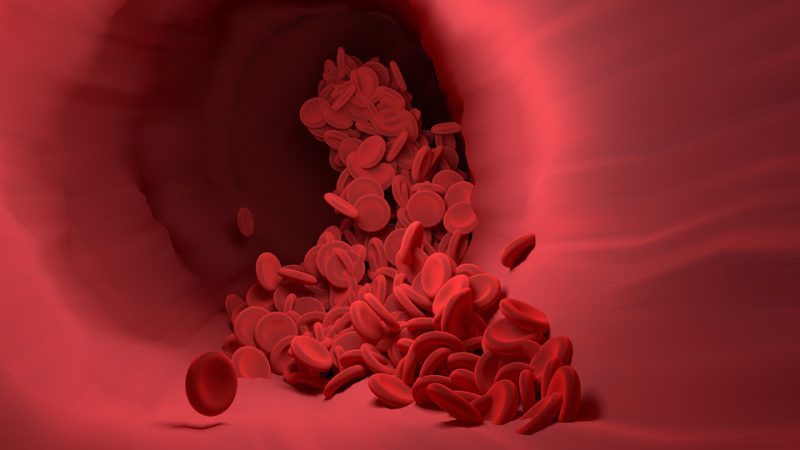The body of a human adult consists of 1014 or 100 trillion of cells, which have specific tasks to fulfil. As a reaction to biological signals or environmental cues, cells can start to move. Many questions about cell migration still remain unclear. The acib researchers Christian Jungreuthmayer and Jürgen Zanghellini were involved in developing a micro-device, which mechanically induces defined injuries to analyse microfluidic migration and wound healing.
The process of cell migration is very important when it comes to recruitment of immune cells, wound healing, tissue repair and embryotic morphogenesis. The way, cells migrate tells a lot about a vital physiology or abnormalities: In case of wound healing, cells continuously migrate to the injured tissue, where they repair the damage. However, cells that migrate to unsuitable tissue sites result in severe consequences as cardiovascular diseases, arthritis, tumour formation and metastasis, and abnormal embryotic cell migration leads to foetal malformations.
The context of cell migration within the development of novel therapeutics
All forms of cell migration processes need to be understood to use the knowledge for novel therapeutic strategies. Due to regulations and ethics associated with animal testing, the use of an in vitro micro-device, capable of inducing cell injuries and controlling the following wound healing is necessary.
Current methods of inducing defined injuries for studies of cell migration comprise cell exclusion or cell depletion with the result of cell-free areas within cell-culture layers. Both methods come with the drawbacks of unintended cell signalling or lack of reproducibility.
New opportunities by the micro-device
The big advantage of the developed method is the reproducibility of results. How does it work? Cell free areas are introduced within confluent cell layers. In laminar flow conditions, damaged cells are removed simultaneously and thus providing reproducible results and allowing repeated wounding. Referring to the authors, this device can be applied to reproducibly analyse healing progression. For example, endothelial cell migration with and without an inflammatory cytokine (TNF-alpha) and a cell proliferation inhibitor (mitomycin-C). As a cell-migration assay, with reproducible results, biologists, toxicologists and physicians can find conclusions for their research in the fields of cancer, angiogenesis, inflammatory response or wound-healing mechanisms or as a diagnostic tool. Insights about how this assay looks under the microscope are given with a short video:
Drago Sticker, Sarah Lechner, Christian Jungreuthmayer, Jürgen Zanghellini and Peter Ertl (2017) Microfluidic Migration and Wound Healing Assay Based on Mechanically Induced Injuries of Defined and Highly Reproducible Areas. Analytical Chemistry 2017 89 (4), 2326-2333, DOI: 10.1021/acs.analchem.6b03886
Picture credits: pixabay
